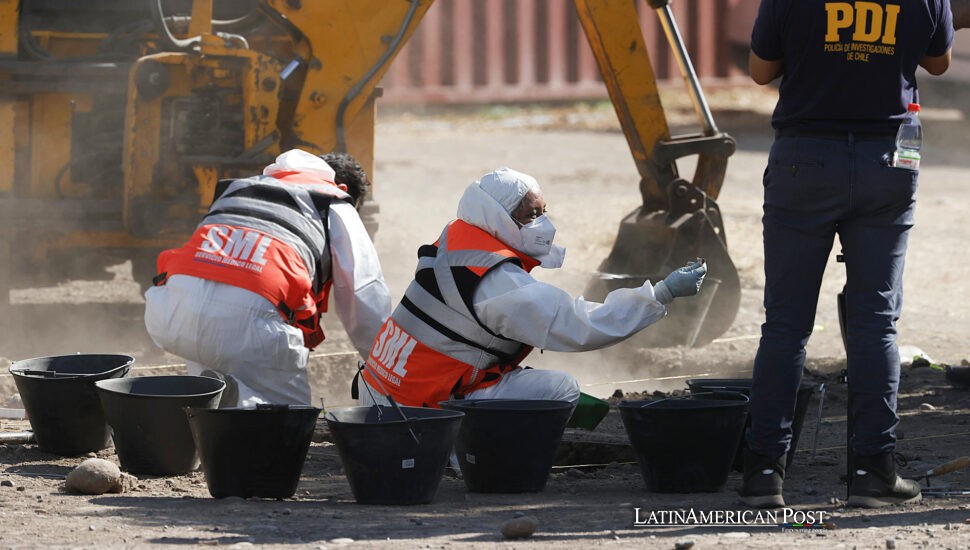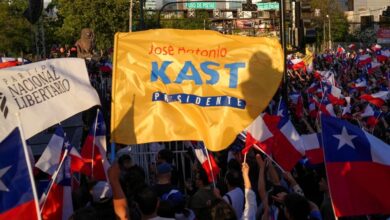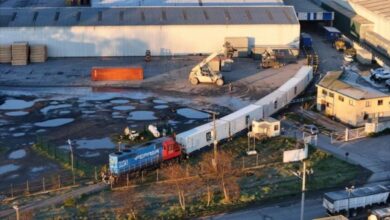Historic New Chile Excavation Sparks Hope for Dictatorship Victims

In a momentous step toward uncovering truths about Chile’s painful past, forensic experts have begun excavations at Cerro Chena, a military compound from Augusto Pinochet’s dictatorship. Their mission: to find the remains of the disappeared detainees still missing after five decades.
A Historic Search for Answers
On a crisp Monday morning, forensic experts from the Chilean Servicio Médico Legal (SML) arrived at Cerro Chena on the outskirts of Santiago. The site, which served as a military barracks during General Augusto Pinochet’s regime (1973–1990), is now the focus of a groundbreaking excavation aimed at finding traces of some of the thousands who disappeared under the dictatorship. Despite its dark history, Cerro Chena was not formally investigated until less than two years ago.
Shortly after sunrise, investigators mapped out a grid on a small, carefully selected patch of land. Within the hour, they began excavating, an event that an EFE correspondent witnessed firsthand. The ground here is notoriously tricky, packed with stones, and extremely dry by the Andean climate. It is a laborious process: every handful of dislodged earth must then be meticulously sifted to identify any bone fragments or other physical evidence that could provide clues about those who vanished decades ago.
Standing at the edge of the newly marked excavation site, Mónica Monsalves, president of the Corporación Memorial Cerro Chena, spoke to EFE with solemn determination and cautious hope. “This is the most important procedure out of all those conducted so far,” she said. “We’re finally digging into the heart of a military barracks that remains operational to this day and doing so alongside survivors, families, legal professionals, and experts. It’s a historic moment we’ve fought for over many years.”
According to Monsalves, the goal is simple yet profound: uncover any remaining evidence and either confirm long-suspected burials or rule out the possibility that individuals were clandestinely interred here. “Our expectations are grounded,” Monsalves told EFE, “but it’s vitally important that we leave no stone unturned. Even if we find nothing, we will know we did everything possible in this place.”
Uncovering Hidden Evidence
Cerro Chena is an excavation team that is comprised of archaeologists, anthropologists, and specialized forensic personnel. While pickaxes and shovels are indispensable, they rely on a small backhoe to break through the most compact soil layers. Every grain of dirt that emerges is funneled into a filter, where team members scrupulously examine the sifted material before moving on.
This operation follows extensive preliminary work carried out earlier in the year. In February, ground-penetrating radar (georradar) devices were used to scan various sections of Cerro Chena up to four meters deep, revealing anomalies consistent with potential gravesites. Five priority spots were then selected for excavational process intended to confirm whether these sites were once used as clandestine cemeteries, as multiple eyewitness accounts suggest.
EFE spoke with Judge Marianela Cifuentes, who oversees this case stemming from a criminal complaint over the illegal burial and exhumation of agricultural worker Manuel Silva Carreño. The investigation, however, encompasses the disappearances of more than a dozen individuals last seen at Cerro Chena. “We hope to complete the work around the backside of an old rural school building and one of its interior rooms, areas where anomalies were detected,” Cifuentes told EFE. “We will then move to the Parque Metropolitano sector and investigate underneath the foundation of a house that reportedly functioned as a detention center.”
An underfunded rural school building, roughly 50 meters long, still stands on the site today—its walls battered by time. Testimonies claim that soon after the coup in September 1973, this building became a locus of interrogation, torture, and possible executions. Some accounts also speak of bodies being burned and disposed of in this vicinity around late 1973.
While initial excavations are planned to last only two weeks, Judge Cifuentes explained that additional searches might be scheduled for the second half of the year, depending on what is discovered in this first phase. “If we do not find conclusive evidence in the initial spots, we will continue examining other high-priority areas. It’s a slow process but a crucial one,” she emphasized.
A Final Push for Truth
Cerro Chena looms about 25 kilometers south of Santiago. It is a verdant knoll that once held a grim function in the history of Pinochet’s repressive apparatus. Many Chileans believe this area was a clandestine burial ground—part of a nationwide network of hidden sites used by military intelligence and other branches of the regime. At least twenty individuals are believed to have been last seen at Cerro Chena, which was known as Cuartel N°2 de Inteligencia.
Survivors like Ricardo Klapp Santa Cruz recall the regime’s attempts to erase evidence of its crimes in what became known as the “Retiro de Televisores” operation. “Bodies that had been buried in clandestine graves were removed to obscure the truth, especially after remains were discovered in 1978,” Klapp told EFE. “But there is still a chance something remains behind. That’s why this excavation matters.”
The families who continue to search for their loved ones have effectively lived through not just one disappearance but two. First came the initial abduction, leaving them with little more than the word of survivors who last saw the detainees inside the camp. Then came the exhumation and further concealment of remains, meaning even fewer tangible traces of their existence were left behind.
The Pinochet regime-controlled Chile from 1973 to 1990. Official reports state that it caused over 3,000 deaths and disappearances. Many years have passed since the end of this oppressive government. Survivors and families have consistently supported the search for truth plus justice. Their advocacy continues.
Cerro Chena remains partially active under Chile’s Army Intelligence Section, which has long complicated thorough investigations. It is only through relentless public pressure and legal actions that experts now can carry out an in-depth probe of the site. Each spadesful of earth, each careful pass of the radar, represents another step toward the transparency that human rights groups have demanded for decades.
Standing by the cordoned-off work area, Monsalves watched as investigators methodically sifted through the soil. She spoke of the anguish that has weighed on families for generations and the hope that each shovel strike might bring them closer to closure. “Over fifty years have passed since the coup, but we have never stopped searching,” she said to EFE. “We do this so the next generation will not have to carry these same unanswered questions.”
Whether or not the week-long excavation efforts result in tangible discoveries, those leading the search say they are finally receiving a measure of recognition. In Monsalves’s words, the greatest reward is the knowledge that no avenue has been left unexplored. She stated, “If no evidence is discovered, at least we can be at peace, understanding that we struggled until the final moment.”
Also Read: Latin American Workers Mobilize on Primero de Mayo Labor Day
At Cerro Chena, families, survivors, and human rights supporters assembled. The excavation is proof of Chile’s changing dedication to discovering its history. While the process may take many months—and perhaps longer than the scheduled two weeks—each day of digging affirms families’ right to know the fate of those who disappeared under the dictatorship. With each layer of earth carefully moved aside, hope continues to rise that the long-buried truth might finally come to light.





